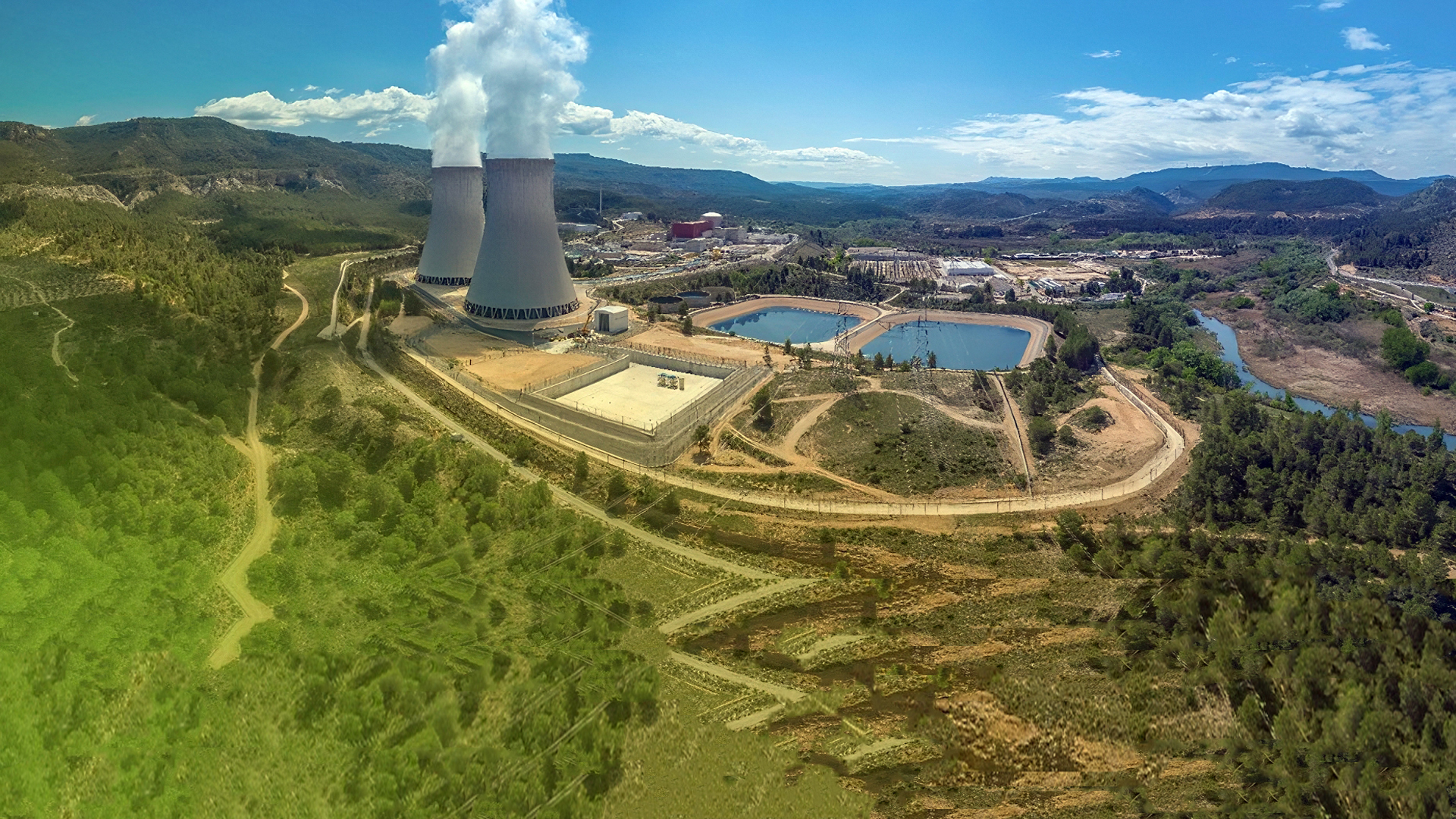The objective of this characterization is the classification of the assembly for its loading in a storage/transportation cask. The characterization process consists in collecting information about the state of the assembly that justifies compliance with the safety functions of the storage system. The HI-STAR 150 dual-purpose cask is the storage system used in Cofrentes NPP.
The characterization process must allow to identify whether a certain defect is present in a fuel element and, if so, whether this defect compromises any of the safety functions of the storage system. As a consequence, it must allow an element to be classified as Damaged or Not Damaged for storage and/or transportation with respect to a specific defect and, in addition, provide relevant information for its subsequent management.
Cofrentes NPP, like Sta. Maria de Garoña NPP, has developed a preliminary characterization report of the complete fuel inventory stored in the spent fuel pools. Based on this preliminary characterization, the candidate assemblies for their loading in a campaign are selected and the necessary inspections are carried out in order to confirm their final classification and to prepare the “Loading Plan”.
The characterization documents will be updated by adding the new spent fuel stored in the pools once the refueling activities are finished: As a consequence, the support reports should be reviewed and the Cofrentes NPP fuel database SIRENA and ENRESA fuel and special waste management data base GECYRE should be updated.
The documents generated in Cofrentes NPP during the process of spent fuel characterization and classification are shown in Figure 1.

The relevant information necessary to develop the characterization and classification of spent fuel elements is structured according to the different phases of the reactor cycle in which the form and contents of the fuel elements are modified. This information is compiled in the following reports:
- Pre-irradiation report: data provided by the manufacturer during the design and manufacture of the fuel assembly.
- Irradiation report: data related to the irradiation history of the elements.
- Post-irradiation report: data related to the state of the cladding and the structural elements after its offload from the reactor. The elements are classified according to these defects.
Other relevant documents that are part of the characterization process are:
- Acceptance criteria: The defects that could appear in Cofrentes NPP irradiated fuel designs are analysed. The criteria that allow classifying the spent fuel elements as damaged or not damaged from the point of view of each one of these defects are stablished.
- Analysis of operating experience: in order to determine if it is necessary to consider any defect not included in the previous acceptance criteria.
- Characterization and classification of the casks that belong to a loading campaign in order to select enough elements for loading in accordance with the acceptance criteria and the pre-irradiation, irradiation and post-irradiation data.
- Visual inspection. The preliminarily selected elements will be part of a visual inspection prior to their load to verify the absence of structural defects such as the presence of channel fastener, the state of the handle and the absence of foreign material on the upper tie plate.
- “Loading Plan” justifying the selected elements compliance with the authorized contents for the HI-STAR 150 according to its Safety Analysis Report for storage and transportation and with the radiological limits in the ATI. The position of each assembly in the cask rack is established in this document and the relevant data for the load: design, burnup, enrichment, cooling time, residual thermal power, and the classification results.





